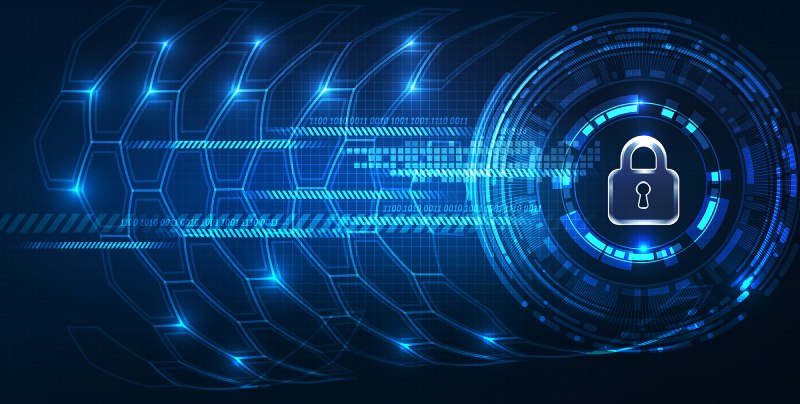
Are you worried that the cybersecurity for your company may be out of date? More than 353 million individuals were affected by data breaches in 2023. In order to keep your business’s reputation intact and prevent financial damage in the case of a breach, you must protect the information about your clients, workers, and organization.
Check out these 10 indicators that your cybersecurity needs an upgrade if you’re unsure of how it currently stands.
If the computers and gadgets in your business are older than three to five years, they are in the age range when hardware can start to malfunction and it is unlikely that new parts will still be available. If the computer malfunctions without a backup, this could be a recipe for lost data. To get the best performance and security, you can assess which of your current systems need to be improved or replaced by hiring an IT professional to evaluate them.
Regular updates and patches should be applied to software. Patches and upgrades should be applied by your IT business at least once every week. Requiring employees to reset their laptops once a week is another way to guarantee that they remain up to date.
It is crucial to make sure your business has an incident response plan in place in case of a cybersecurity event. In the event of a hardware malfunction or cyberattack, this strategy should outline a detailed procedure that addresses who should be notified first, what to do with the compromised system, and how to inform your clientele. For assistance in creating an incident response plan, get in touch with your IT provider.
Putting employee training into place can be the first line of defense for your business against phishing attempts. Employee awareness can help prevent social engineering, spoofing email addresses, malicious URLs, and other threats. Most of these attacks can be prevented by phishing security, but in the unlikely event that a phishing email gets through, your staff will be ready.
By using preventative monitoring, you can shield your company from dangers before they materialize. Your business will be ahead of the curve when it comes to cyber dangers with round-the-clock monitoring for suspicious activity and cutting-edge tools and technology to detect known and unknown vulnerabilities.
Phishing defense can shield your business from outside threats that pose as phishing emails. Link and file scanning is another form of protection that keeps workers from opening dangerous files or clicking on dubious links. Discuss with your IT provider the best phishing protection option for you.
Endpoint security is the safeguarding of the most private data that your organization keeps on file. Effective cybersecurity is built in layers, each of which is intended to stop the attack from progressing to the next stage. Endpoint security closes the gate around your devices (desktops, laptops, and mobile phones) in the event that the final layer of security is compromised.
Enforcing employees to use strong passwords—passwords with at least eight characters, capital and lowercase characters, symbols, and numbers—will help safeguard your company against hackers attempting to access its accounts. This can shield your company from losing digital assets as well as money.
Using a VPN is crucial for business protection whether your company operates entirely remotely or in a hybrid model. As a result, your staff members will be able to operate safely from any location without worrying about an insecure connection causing a data breach. Furthermore, your company can benefit from having secure file access and smooth project collaboration through the use of The Cloud.
Your company will be safe from physical threats if you make sure that third-party contractors follow tight rules. Maintaining a record of who is permitted entry and what level of access is granted is crucial for safeguarding your business’s information and making sure there are no interruptions to the work environment. In terms of cybersecurity, having clear strategies for third-party vendors is crucial, particularly when it comes to technology.
Google's NotebookLM app now offers Audio Overviews, an AI tool that transforms your research into… Read More
Google Wallet is adding a new method to verify your age while protecting your identity,… Read More
PayPal has expanded its advertising capabilities beyond its own platform with the launch of Offsite… Read More
Google recently revealed that it will host a separate event to discuss upcoming Android improvements… Read More
In today’s competitive work environment, mentorship has become more than a professional courtesy—it’s a strategic… Read More
Choosing the right programming language is a foundational step in shaping a developer's career and… Read More